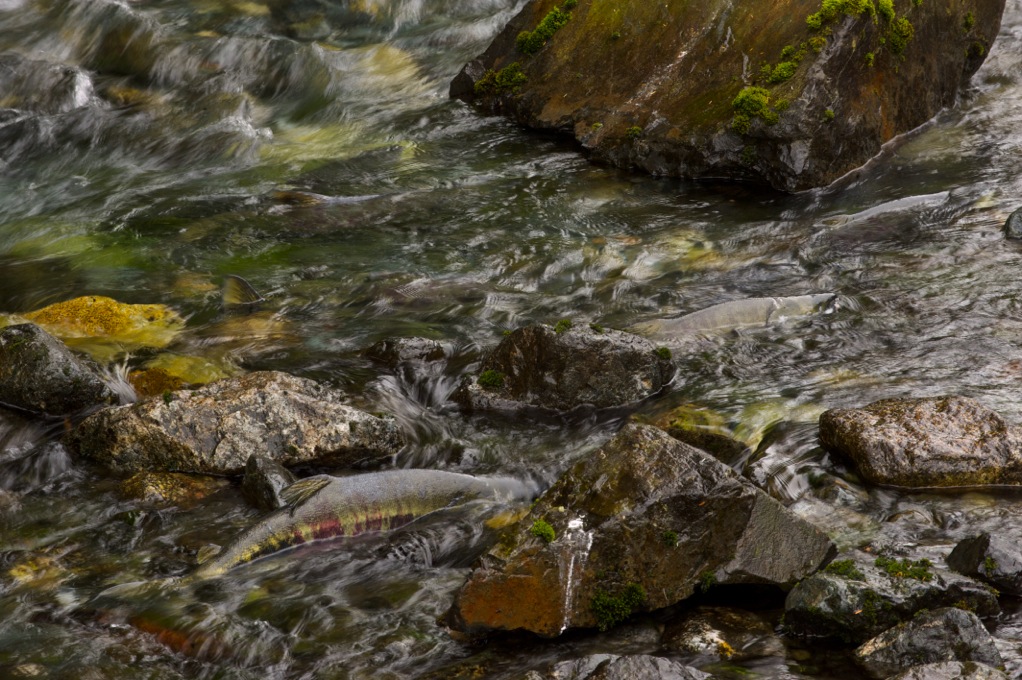
Hatchery programs in Alaska are driven and overseen by the commercial fishermen who strongly support mandates to protect wild stocks whilst enjoying the economic benefits of a well-managed resource. Growing concerns over the scale of Alaska’s salmon hatchery programs has led to research that address concerns around straying and the genetic and ecological interactions between hatchery and wild salmon. Since 2017 the Sitka Sound Science Center has been contracted by the Alaska Department of Fish and Game (ADF&G) to collect genetic and life history samples from post-spawned chum salmon in three streams in Northern Southeast Alaska.
This multi-million dollar project aims to assess the interactions between wild and hatchery pink and chum salmon in Prince William Sound and Southeast Alaska. ADF&G organized a science panel composed of current and retired scientists from ADF&G, University of Alaska, aquaculture associations, and National Marine Fisheries Service. Panel members have broad experience in salmon enhancement, management, and wild and hatchery interactions.
Key questions
-
What is the genetic stock structure of pink and chum salmon in each region?
-
What is the extent and annual variability in straying of hatchery pink salmon in Prince William Sound (PWS) and chum salmon in PWS and Southeast Alaska (SEAK)?
-
What is the impact on fitness (productivity) of wild pink and chum salmon stocks due to straying of hatchery pink and chum salmon?
All information cited from Alaska Department of Fish & Game.
Written Reports
Project Lead and Contact: Chance Gray